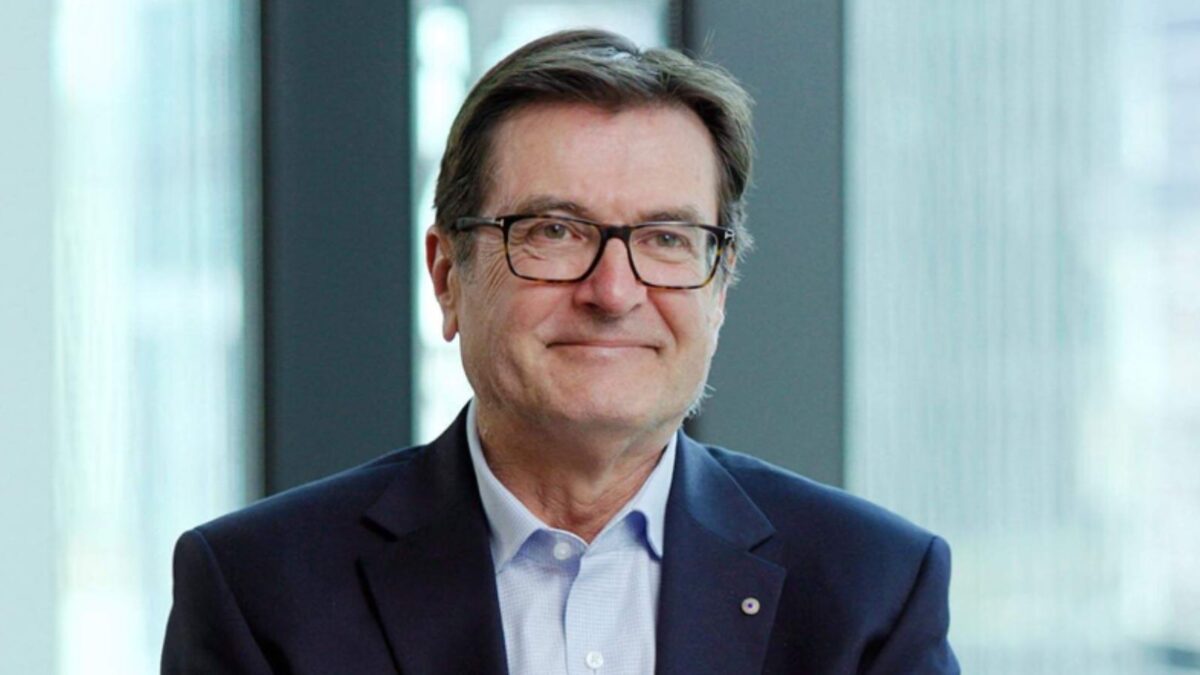Government hints at changes to Future Fund mandate
At a hearing of the senate committee on public administration and finance on Tuesday night, senator Jane Hume pursued finance minister Katy Gallagher over the question of whether the government would change the Future Fund’s investment mandate to align it with the legislative goal of achieving net zero by 2050.
But while Gallagher conceded that there had been discussions around changes to the investment mandate, she declined to say whether those changes would focus on net zero.
“We had a general discussion with the board and we’re putting some thinking around amendments to the investment mandate, but we would be discussing those with the Future Fund board before they were finalised,” Gallagher said.
Gallagher’s comments align with those made by Treasurer Jim Chalmers last week, who said that “any responsible government” would review the Future Fund through time.
The Future Fund’s current investment mandate is to target an average return of at least CPI + 4 to + 5 per cent per annum over the long term, with acceptable levels of risk; to maintain holding limits for any listed company; to undertake its investment activities in a way that minimises the potential to cause damage to the operation of Australian financial markets and which is unlikely to effect the reputation of the government; and act with “regard to international best practice for institutional investment in determining its approach to corporate governance principles”.
The last time that mandate was changed was 2017, when the return target was lowered by 50 basis points. While Gallagher said that it’s “routine good governance” to periodically review the mandate, Future Fund chief executive Raphael Arndt has, in the past, been resistant to the idea of changing it. Back in January, Arndt said that it was important the Future Fund’s mandate “stay pure” while highlighting its existing domestic investments across renewable energy and digital infrastructure.
And there have as yet been no “out of the ordinary” changes to investment strategy, with Gallagher and Arndt stressing that discussions were at a nascent stage and that any changes would be required to go through a formal consultation and legislative process.
“We haven’t received any formal change or any proposed change to the investment mandate through that mechanism,” Arndt said. “There’s a range of discussions that have been had with the department around different ideas and options but nothing concluded… (We’ve been asked) if there was a change in this direction or that direction would it have a material impact on how you invest and your ability or expectation of meeting the expected return set out in the mandate.
“We haven’t changed our reporting, and we haven’t changed our investment strategy either, but we have been investing in assets that assist the energy transition for quite a long time.”
The most recent push for Australia’s sovereign wealth fund to play a bigger part in nation building and the transition to net zero began with a 2023 paper from the Climate Energy Finance and the Climate Capital Forum that suggested adding a “strategic national interest objective” to the Future Fund’s mandate and allocating millions to critical mining and renewables sectors.
New chairman Greg Combet, whose appointment was met with consternation from the federal opposition and former Future Fund chair David Murray owing to his background in the union movement and industry superannuation, has also been open to the idea that the Future Fund could invest more into the energy transition.
“One of the interests that I have, coming onto the Board of Guardians is to have a look at where the investment opportunities might lie in the future to aid the energy transition,” Combet said in the Future Fund’s annual report. “Obviously, those investments need to be consistent with proper commercial judgement and fit into a diversified portfolio, but the Future Fund’s already a significant investor in energy assets, and I’ll be interested to see whether we can add to that.”











